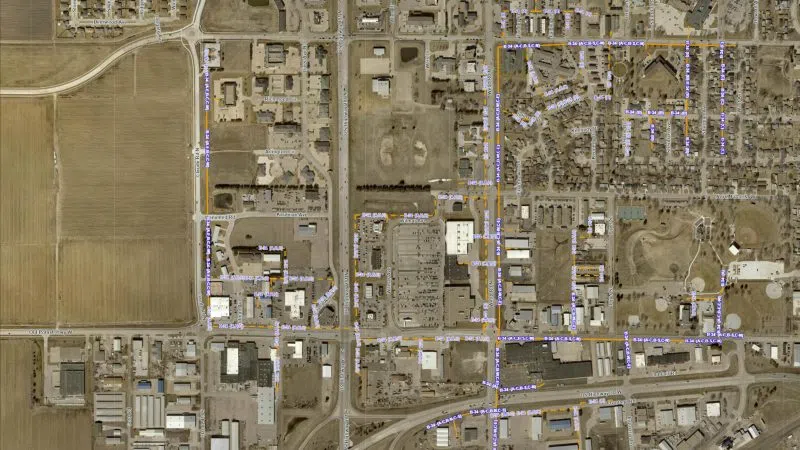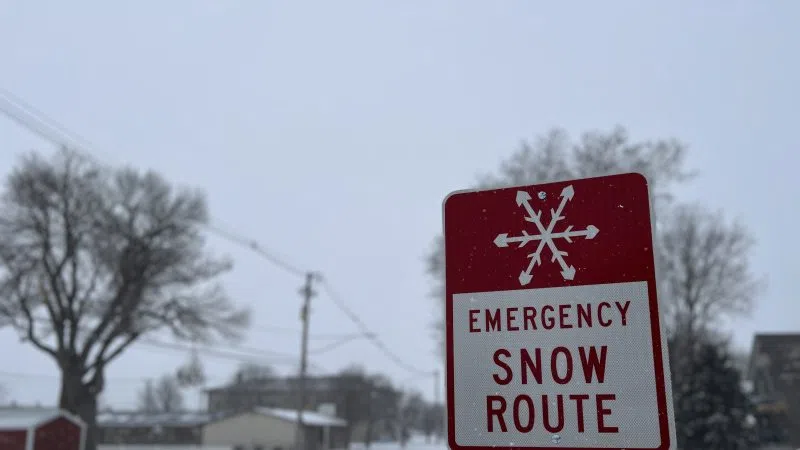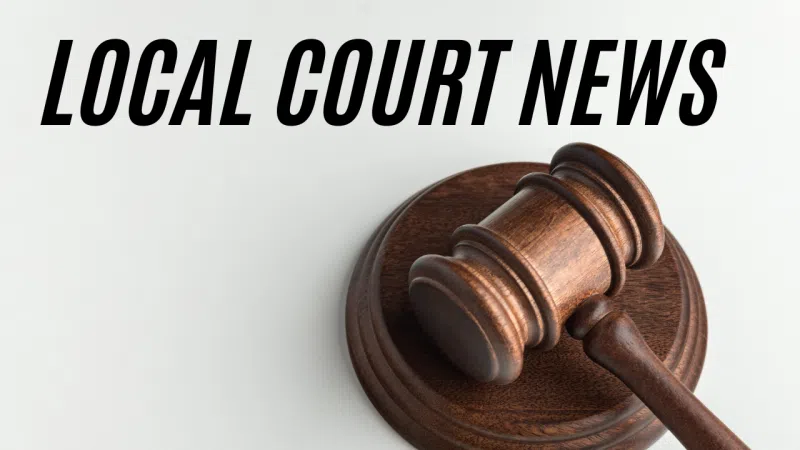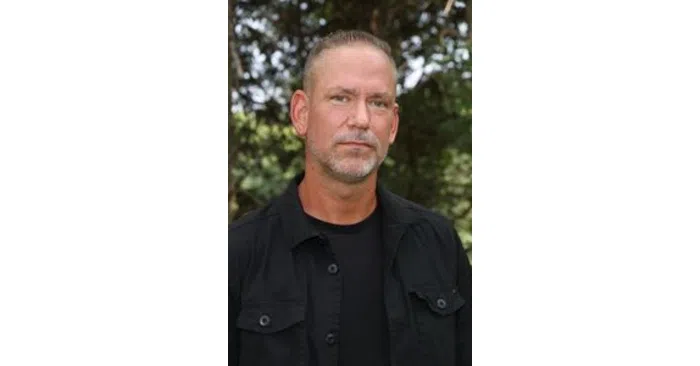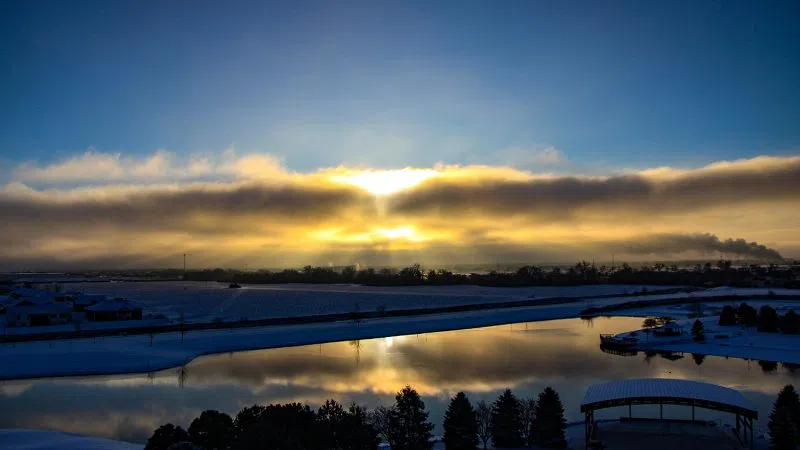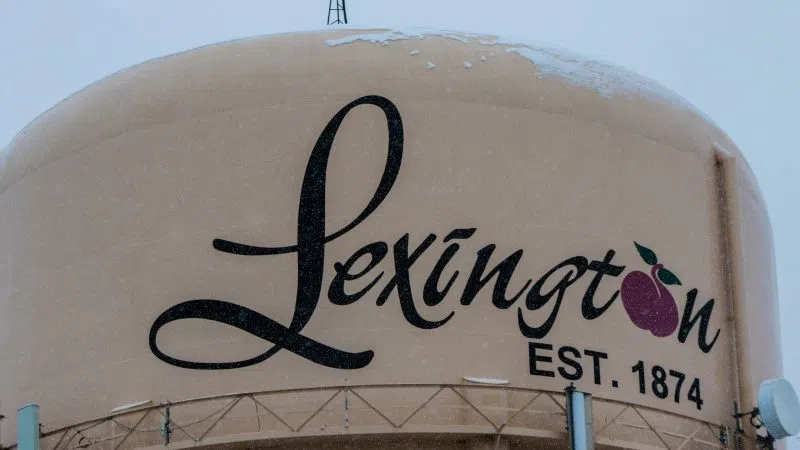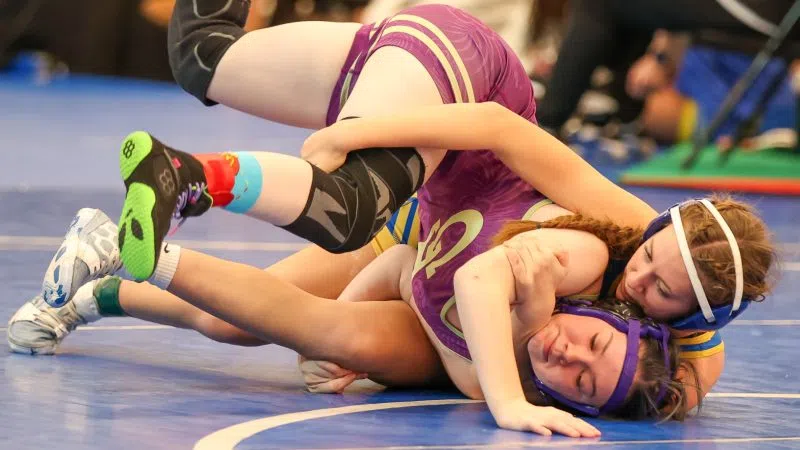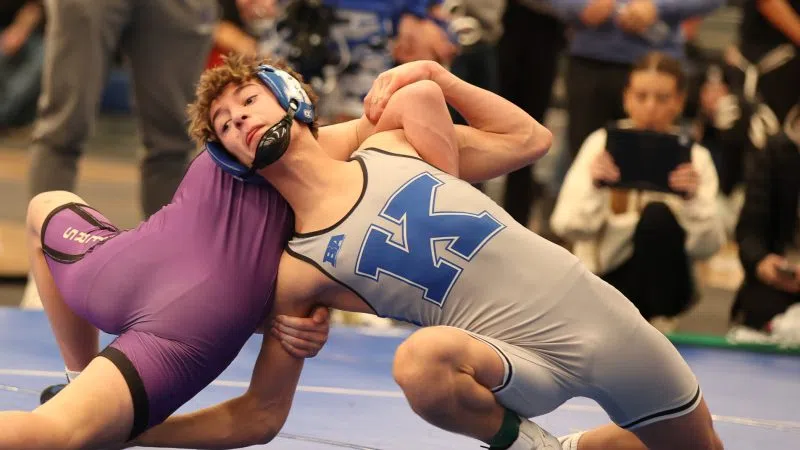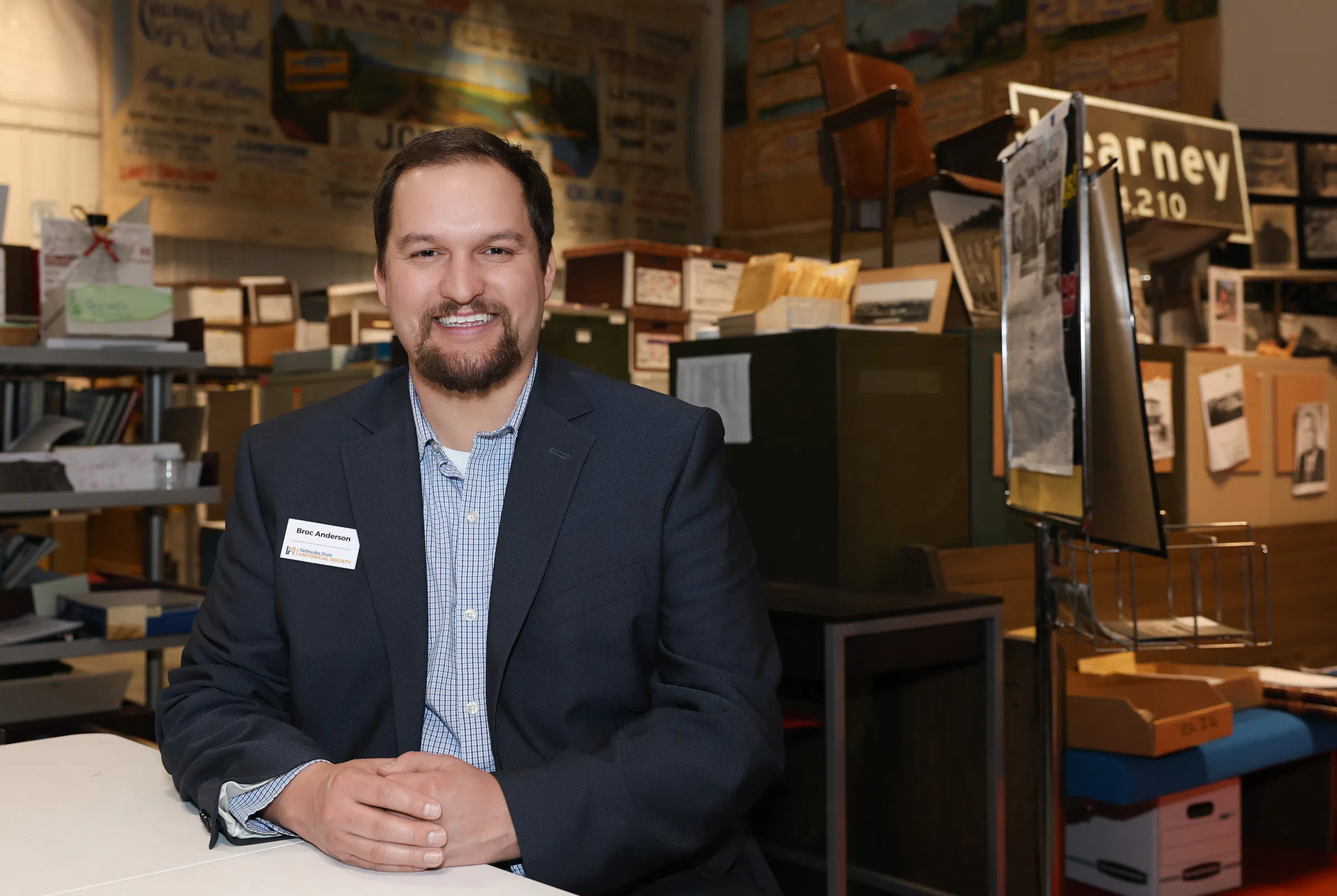
UNK graduate Broc Anderson is pictured at the Trails and Rails Museum in Kearney. He started working there while completing his master’s degree in history. (Photo by Erika Pritchard, UNK Communications)
KEARNEY – “If we don’t know where we came from, then we don’t know where we’re going.”
This saying has guided Broc Anderson’s life and career.
The University of Nebraska at Kearney graduate believes our history, experiences and origins offer valuable lessons as we continue to move forward.
“I’m always going to push this historical narrative that uses the past as a teaching tool for those making decisions for the future,” he said. “This can be true as an individual, as a community, as a state or as a country.”
Originally from Alliance, Anderson is an enrolled member of the Oglala Sioux Tribe at the Pine Ridge Indian Reservation. A desire to further investigate that part of his identity changed his professional path.
He attended nearby Chadron State College to study social science education and worked as a summer intern at the Knight Museum and Sandhills Center back in his hometown, where he helped organize traditional powwows showcasing Native American culture.
That experience sparked an interest in public history.
“As I continued my college career, I started to realize that you can do a lot more with history than just being a high school teacher,” Anderson explained. “There are other ways to share this information with people and tell these fascinating stories outside a classroom.”
Anderson ended up teaching American history and government for one year before settling in Kearney, where he earned a master’s degree in history through UNK.
PUBLIC HISTORY PREP
Although the master’s program is offered entirely online, Anderson wanted to be on campus so he could connect with faculty and take advantage of other opportunities available through the UNK History Department, including a paid graduate assistantship.
“This program puts you in a great position to go out and do some actual hands-on work. There are real-life experiences for students to engage in the public history field,” said Anderson, who was recognized as UNK’s inaugural Graduate Student of the Year in 2022.
For example, Anderson was part of a project that restored a now 90-year-old curtain that previously hung at the Kearney Opera House. Featuring a night scene of the moon rising beyond snow-capped mountains and surrounded by local advertising from the era, the 28-by-23-foot canvas is currently on display at the Trails and Rails Museum in Kearney.
“It’s a really, really impressive piece of local history,” Anderson said of the theater curtain. “That’s probably my favorite thing in the Trails and Rails collection.”
Anderson served as a tour guide at the museum for a year and was hired as the community engagement director for the Buffalo County Historical Society/Trails and Rails in August 2019.
“If it wasn’t for UNK, I wouldn’t have made the connection with Trails and Rails in the first place,” he said. “From there, I was able to apply many of the things I was learning in the classroom directly to my job. I learned a lot about public history and what I wanted to do. And I learned how to wear many different hats, like many people do in the public history field.”
Among his roles, Anderson helped plan and organize Kearney’s sesquicentennial celebration. Held over several months in 2023, the festivities attracted close to 20,000 people and engaged more than 70 community organizations.
“It was pretty awesome,” Anderson said with a smile.
IMPACTFUL RESEARCH
Just as important as the hands-on experiences, Anderson developed a deeper curiosity during his time in the master’s program and started to view history through a wider lens.
His research explores the social, economic and political relationships between the Lakota from Pine Ridge and non-Natives in northwest Nebraska during the late 19th and early 20th centuries. He was awarded a Mari Sandoz Research Award to examine how the Wounded Knee Massacre of 1890 shaped interracial interactions in this region, and he presented that research at the 2021 Mari Sandoz Symposium in Chadron.
Anderson uncovered another important piece of Lakota history while conducting his thesis work. He was digging through files at the Sheridan County Historical Society in Rushville when he found a small ledger book inside an envelope labeled “Red Shirt Winter Count.”
“It probably hadn’t been seen in 50 years or more,” he noted.
Red Shirt was an Oglala Lakota chief, warrior and statesman and one of the first Native Americans to join Buffalo Bill’s Wild West Show. Winter counts are Lakota community history records of important yearly events.
After researching this ledger book, Anderson and the Sheridan County Historical Society worked together to return the item to Delphine Red Shirt and her family. Also an enrolled member of the Oglala Sioux Tribe at Pine Ridge, she’s an author and lecturer at Stanford University teaching Native American studies.
“Come to find out, this ledger book added about 20 more years of winter count history than anyone in the country knew about,” Anderson explained. “It was a major, major find, and it was right there in Rushville, Nebraska.”
PROMOTING NEBRASKA
In his newest role, Anderson ensures people from across the state, country and world have the opportunity to discover new things about Nebraska and its rich history.
For the past year, he’s served as director of historic sites for the Nebraska State Historical Society, overseeing all or part of the operations at Chimney Rock, Fort Robinson, Neligh Mill, the John G. Neihardt State Historic Site in Bancroft and Senator George Norris State Historic Site in McCook.
He refers to himself as a “facilitator” for the five sites that fall under the State Historical Society’s purview, someone who might be addressing immediate maintenance issues or working on long-term development plans.
“It’s my job to build new relationships and take a step back and look at what we’ve done in the last 10 or 15 years to see what’s worked, what we can do better, and if there are some opportunities to improve the museums or sites,” he said.
Based in Kearney, he spends about 50% of his time on the road visiting these locations, each one with an important story to tell.
Anderson calls George Norris one of the most impactful Congress members in American history. He represented Nebraska for four decades, sponsoring the act that brought electricity to rural communities and farms across the country and leading the push to create a nonpartisan, one-house Unicameral Legislature in the state.
Fort Robinson is among the great historic places of the American West, serving as a temporary encampment during the Indian Wars and eventually becoming one of the largest military installations in the Northern Plains. During its more than 70 years of operation, countless soldiers were stationed there, horses, mules and dogs were trained there, and German prisoners of war were detained there.
Rising more than 300 feet above the surrounding landscape, Chimney Rock was a significant landmark for settlers traveling west along the Oregon, California and Mormon trails. It’s still one of the state’s most impressive natural attractions, with more than 15,000 people visiting the site each year.
“Many people think we’re just a flyover state, but we have a lot to offer here,” Anderson said. “That’s one of the things that I really enjoy about history. What I’m looking at now, someone will see 50 or 100 years in the future. The perspective might change, but the stories that you get from the past will always be something you can relate to the present.”




